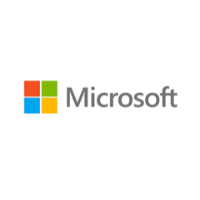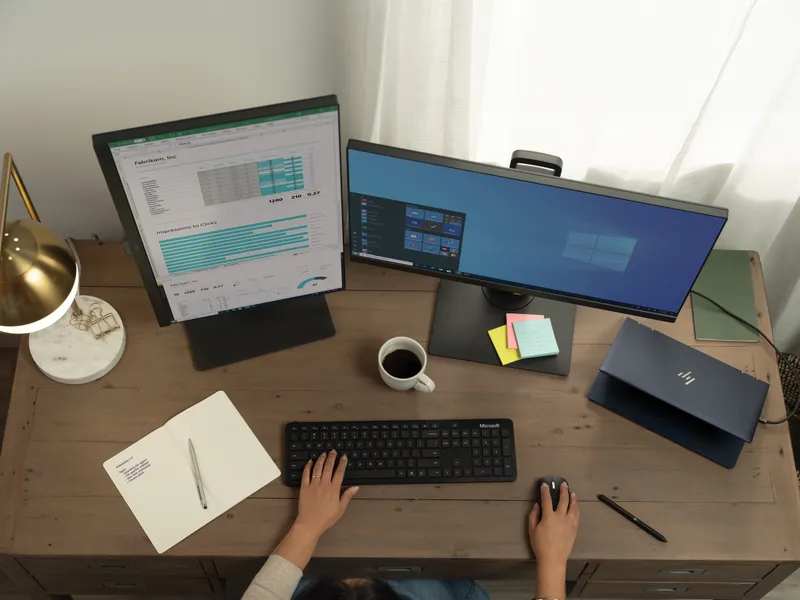
Microsoft
View Brand PublisherHow SMBs can find new paths to productivity by leveraging technology
To explore how you can improve your SMB's productivity while working remotely, click here to the range of PCs and technology solutions offered by DELL.
Around a year ago, working remotely was considered an alternative for a select few, and had limited potential for mainstream adoption. Almost overnight, the tables turned because of COVID-19. Millions of workers of businesses of varied sizes and from myriad sectors adopted remote working tools and hybrid working models.
At least 30 percent of the global workforce is now remote, as of March 30, 2021, according to consumer data analytics firm Statista. According to IDC FutureScape, more than 70 percent of digitally-enabled small and medium businesses (SMBs) will adopt hybrid models by end-2021, which entail both working remotely and on-site. Last year, Microsoft CEO Satya Nadella put it poignantly, “We’ve seen two years’ worth of digital transformation in two months.”

Challenges towards facilitating productive remote working
Technology solutions have largely played a facilitating role in the past year, right from ensuring fruitful collaboration to bringing agility to operations and boosting productivity. And there is significant potential for SMBs to grow. According to a survey carried out among SMBs, 32 of Windows 10 personal computers (PC) used by SMBs are more than four years old, and 40 percent of SMBs either don’t have or are not following a PC refresh policy.
This is a problem because research shows that older devices are more difficult to equip with the latest software, tend to be slower, and more susceptible to system crashes and hardware, leading to a loss in productivity and business growth.
Modern Windows 10 PCs: Productivity partners for SMBs
With a diverse array of demands and challenges, the need of the hour is for SMBs to be able to work with agility across multiple projects with each, collaborate effectively, and work anytime and anywhere across boundaries. Fast and reliable devices such as Modern Windows 10 PCs with Intel vPro® platforms are essential to achieve this.
These PCs provide SMBs with the reliability and agility they require as they come equipped with new 11th Gen Intel® Core™ Processors for faster run-times and powerful performance. Intel® Wi-Fi 6 and 6E enable stronger connectivity that are nearly three times faster, which smoothly support video-conferencing and content-sharing apps with high demands on bandwidth. They also come equipped with SSD technology for quick start-up times and long battery lives.

These devices function optimally with Microsoft 365 and OneDrive. Microsoft 365 is the comprehensive suite that can meet all the key business and collaborative needs of SMBs. Apart from its regular suite of Word, Excel and PowerPoint, Microsoft 365 also comes with apps such as Forms, and Power Automate to streamline repetitive tasks and Power BI, which aid in effective decision-making by providing insights from dynamic data visualisation.
All these apps are enabled on the Cloud, which allow for real-time collaboration across a variety of devices, while doing away with the hassle of updating software and ensuring the security of data stored on PCs.
These devices and apps provide tangible benefits to productivity. According to a Forrester Consulting study commissioned by Microsoft, on average, employees with new laptops and desktops running Windows 10 Pro save half an hour each week.
Another Forrester Consulting study, commissioned in 2020 by Microsoft, found that SMBs using Microsoft 365 for Business also improved productivity by one hour per user every week.








